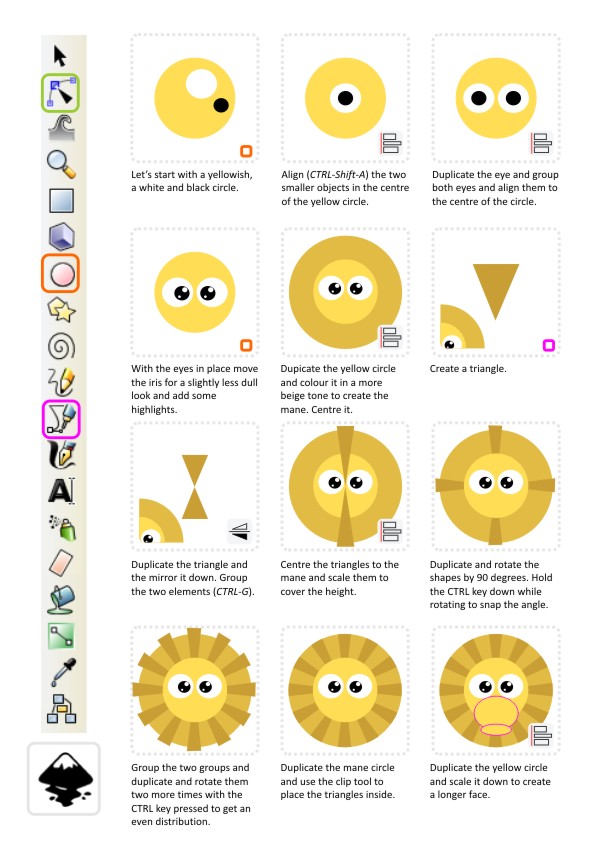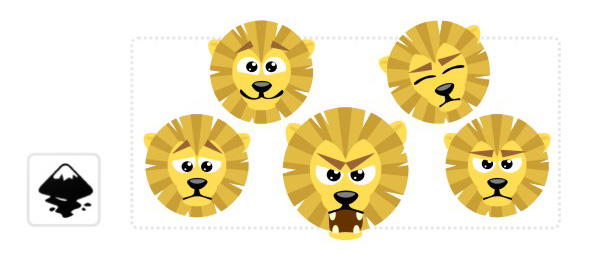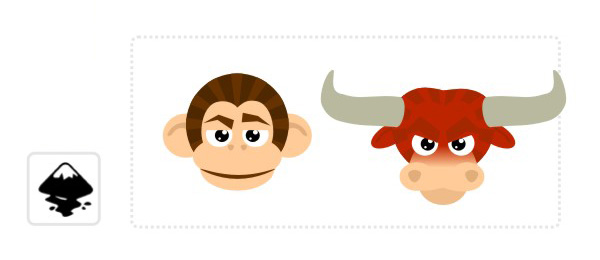Water has been a lot difficult than I had anticipated, I thought I could set up some simple rules and let it propagate itself but it seems that liquids are a lot more complicated than I thought, three times with three different prototypes I ended up with infinitely expanding water producing a tidal wave that would engulf the map.
My goal has been to make finite water that slowly drains when spreading but can stay stable in a small lake or pool. My newest version works with chunks that keep track of stable and flowing water, updating the flowing water every few milliseconds and it looks like this:
I'm not sure I like even this newest version so I may have to re do it at some point but for now it works, it collects in pools and flows when given the chance.
Quite beautiful really, I'll need to add something like it as a natural disaster type event at some point.
My goal has been to make finite water that slowly drains when spreading but can stay stable in a small lake or pool. My newest version works with chunks that keep track of stable and flowing water, updating the flowing water every few milliseconds and it looks like this:
The sides of the water blocks being visible through other water blocks is a bug while I work out water height based on amount of water in the block.
I'm not sure I like even this newest version so I may have to re do it at some point but for now it works, it collects in pools and flows when given the chance.
templates-office.com
Voxel Dwarf Game






















